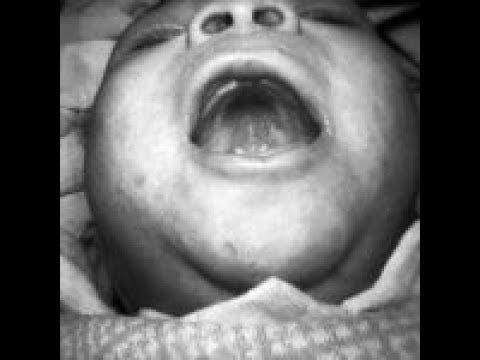Shocking new congenital syphilis numbers from the CDC
Over 10 times as many babies were born with syphilis in 2022 than in 2012
Just last week I published data on congenital syphilis for the five year period between 2017 through 2021, which saw a more than 200 percent increase.
Today, the Centers for Disease Control and Prevention (CDC) released the congenital syphilis numbers for 2022—and we see a more than 30 percent increase from 2021—with a total of 3,761 cases of congenital syphilis in the United States were reported.
In addition, 231 (6%) stillbirths and 51 (1%) infant deaths were reported to the CDC.
The more than 3,700 babies born with syphilis in 2022 is over 10 times the number reported in 2012. These increases reflect overall increases in syphilis among women of reproductive age.
The CDC notes: Increasing rates of syphilis among babies reflect a failure of the U.S. health system. Testing for and treating syphilis during pregnancy more than 30 days before delivery can prevent this infection in newborns. Too many people are not being tested and treated early enough during pregnancy.
Lack of timely testing and adequate treatment during pregnancy contributed to 88% of cases of congenital syphilis.
The National Coalition of STD Directors (NCSD) Executive Director, David C. Harvey, had a lot to say about the critical need for federal funding and intervention in a statement today:
“The number of entirely preventable congenital syphilis cases in America is appalling and reflects a collapse of the health systems we rely on to keep families safe. This shameful crisis is 20 years in the making and is accelerated by a perfect storm of funding cutbacks and bureaucratic red tape. NCSD demands an investment of $1 billion to restore funding from debt ceiling legislation and cutbacks to the STI system, increase testing and treatment, and creation of a White House syphilis response coordinator as part of the Office of Pandemic Preparedness and Response Policy.”
“Historically, just one single case of congenital syphilis has been considered the red flag event to indicate the breakdown of a community’s public health. These 3,761 new congenital syphilis cases shock the conscience, but they are the predictable outcome of STI public health funding cuts and a lack of willpower to solve this problem. This year’s congenital syphilis numbers will be worse due to ongoing shortage of Bicillin L-A, the drug used to treat syphilis, and workforce cuts in the debt ceiling deal.”
“Rather than take emergency action on congenital syphilis, the Biden Administration has spent the past five months slow-walking a federal response through formation of a U.S. Department of Health & Human Services federal syphilis taskforce that is working on recommendations that won’t be ready until next year. What we need now is action, not bureaucratic red tape and recommendations. The 2022 congenital syphilis numbers are already four times higher than pediatric AIDS diagnoses at their peak in 1992 – a case level deemed horrific at that time that spurred a huge national response and allocation of millions of dollars for prevention, care and research. Where is that response now?”
“This crisis may have been 20 years in the making, but it cannot go on. Without an exceptional and immediate investment by the Administration and Congress, we have no hope of protecting our communities from this growing emergency,” Harvey said.
Congenital syphilis is a syphilis infection that is passed from a pregnant person who has syphilis to the fetus during pregnancy. Congenital syphilis can cause stillbirth and infant death or result in lifelong disabilities. Congenital syphilis is preventable with timely testing and treatment with the antibiotic Bicillin L-A.





